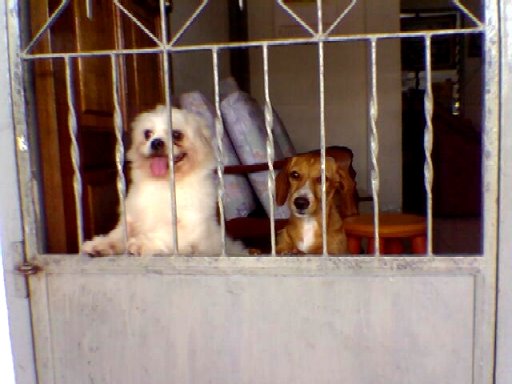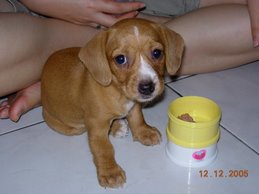The Bluebottle Fly - A Nasty Nuisance
The bluebottle fly (Calliphora vicina), also
called the urban bluebottle fly, is a type of
blowfly. Distinctive in its metallic
blueish-grey colouring with bright orange
cheeks, it is generally large as flies go, with
some being up to to thirteen mm in length. In
general, the more available the food supply
during larval development, the larger the
resulting fly will be.
As such, female bluebottles usually lay their
eggs, up to 300 at a time, on decaying organic
substances such as carrion, rotting foodstuffs,
or faeces. This substance will provide the food
source for the developing fly larvae. The eggs
hatch in less than a day, and the larvae, also
known as maggots, grow to full size within a few
days, normally burrowing into the food source as
they eat and grow. The larval stage lasts a few
days. Once they are ready to pupate, they will
usually leave the food source to find a dark
place to pupate. As a result, they are not
usually found in the open in this stage, which
lasts around eleven days.
Ambient temperature can cause variations in the
length of the larval development and pupation
stages. Higher temperatures enable faster
development, so bluebottle flies are most common
during the warmer months, but they can also be
found during the winter. Their overall hatching
and development timeframes are fairly
consistent, making the bluebottle fly a useful
forensic tool, especially during colder months.
Adult bluebottle flies are capable of flight
immediately upon emergence from the pupae, and
these flies reproduce quickly. Apart from being
general nuisances, they may spread disease and
infection when they land on decaying meat or
other organic material, including faeces, then
later land on food intended for human
consumption. This is most dangerous, of course,
if the food will not be cooked after the
contamination. Bluebottle flies are also not
particularly well house-trained, so if they land
on food or work surfaces, they'll very likely
leave their own faeces and vomit as well as
contamination from everything else they've
landed on recently.
The most effective control measure for the
bluebottle fly is the removal of their food
supply. Remove rubbish and any dead animals, and
keep food covered or refrigerated as appropriate.
If you are plagued by bluebottle flies that are
feeding on an animal carcass that's not easily
accessible, for example, a mouse or bird that
died in the chimney, there are treatments
available professional pest control specialists
that can help.
----------------------------------------------------
In need of fly control or other pest control
services?
http://www.youngspestcontrol.co.uk
http://www.pestcontrol247.co.uk
Protect Your Family from diseases spread by
flies. 24 hour call out for fleas in Manchester,
Warrington, Cheshire, Liverpool
EasyPublish this article: http://submityourarticle.com/articles/easypublish.php?art_id=257357














.jpg)






.jpg)

0 comments:
Post a Comment